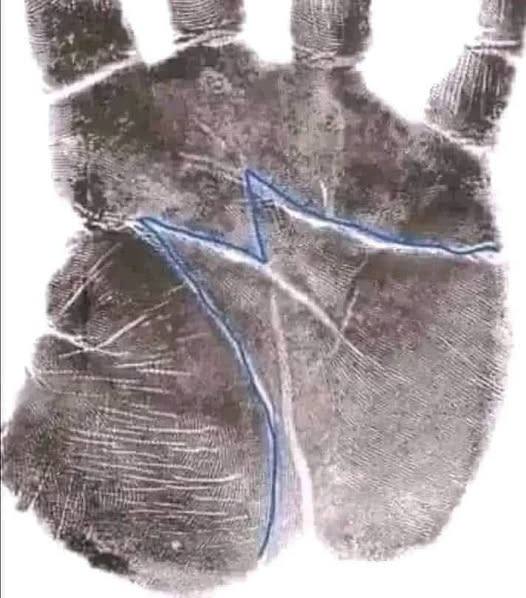
A wrist ganglion, also known as a synovial cyst, is a fluid-filled lump that commonly appears on the back or front of the wrist. It’s a benign condition, but it can cause discomfort or interfere with joint movement.
Why does a ganglion appear on the wrist?
A ganglion on the wrist forms when synovial fluid, which lubricates the joints and tendons, accumulates in an abnormal capsule or bursa. Although there isn’t always a clear cause, several factors may influence its appearance:
Repetitive wrist use: Activities such as writing, typing, or playing sports can put stress on the joint.
Previous injuries: A blow or sprain to the wrist can trigger the cyst to form.
Arthritis: In some cases, osteoarthritis may be linked to the development of ganglion cysts.
Genetic factors: Some people have a hereditary predisposition to developing these cysts.
Wrist ganglion cyst symptoms:
Synovial cysts vary in size and may grow or shrink over time. Symptoms include:
A visible, soft lump on the wrist.
Pain or discomfort when moving the joint.
A feeling of pressure or numbness if the ganglion presses on a nerve.
Treatments for wrist ganglion cysts.
Treatment depends on the size of the cyst and whether it causes pain or limits movement. Some options include:
1. Observation
If the node is not painful or affecting mobility, doctors usually recommend doing nothing and just observing if it disappears on its own.
2. Immobilization
Wearing a splint or wrist brace can reduce pressure on the joint and prevent the cyst from growing.
3. Aspiration
A doctor can drain the fluid with a needle, but there is a chance the cyst may come back.
4. Surgery:
If the lymph node is causing severe pain or limiting mobility, it can be removed surgically. This procedure is less likely to recur.
Conclusion:
Wrist ganglion is a benign condition, but if it causes discomfort, several treatments are available. Consulting a doctor is essential to determine the best option for each case.
Conclusion:
Wrist ganglion is a benign condition, but if it causes discomfort, several treatments are available. Consulting a doctor is essential to determine the best option for each case.














